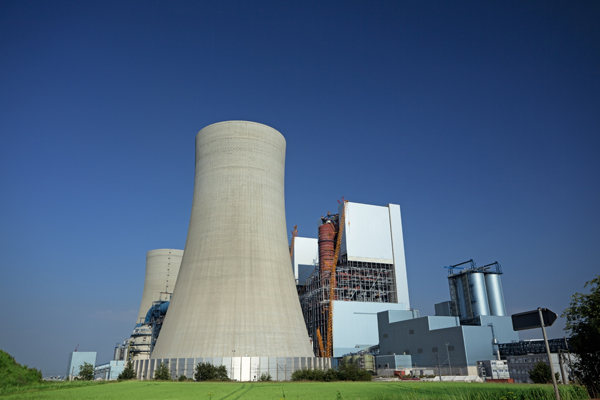Each type of reactor produces a different kind of waste stream, which differs in terms of their activity content and the produced amount of wastewater.
These active wastewater result from the purification of primary refrigerants (PWR, BWR), and the cleaning of the spent-fuel storage pool, washing water and water leaks. In addition, reactors decontamination operations also produce wastewater.
The resulting radioactive wastewater generally contains soluble and insoluble radioactive compounds and non-radioactive substances. The goal is to decontaminate wastewater to the extent that the total volume of the eflluent decontamination can be either released into the environment or recycled. Thereafter, waste concentrates undergo a process of conditioning, storage and disposal.
Standard techniques are commonly used to decontaminate liquid waste streams. Each process has a particular effect on the radioactive content of the effluent. The best results in volume reduction, compared with other techniques, are achieved by means of vacuum evaporation.
Vacuum evaporation is a proven method for radioactive wastewater treatment that provides both good decontamination and volume reduction results. The vacuum evaporator removes process water in the vapor phase, remaining only non-volatile components, such as salts containing most of the radionuclides. Evaporation is probably the best technique for wastes with a relatively high salt content and heterogeneous chemical composition.

